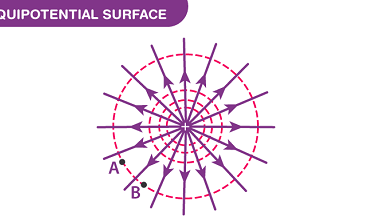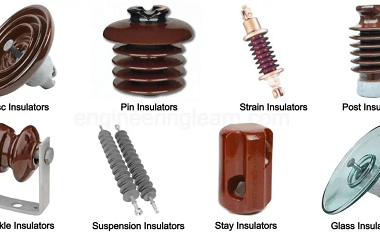Advance Course AIIMS-SYLLABUS Physics syllabus Continuous charge distribution
Continuous charge distribution Continuous charge distribution refers to a situation in which electric charge is spread out continuously over a region rather than being concentrated at specific points. It can be described mathematically using charge density, which represents the amount of charge per unit volume, per unit area, or per unit length depending on the…









